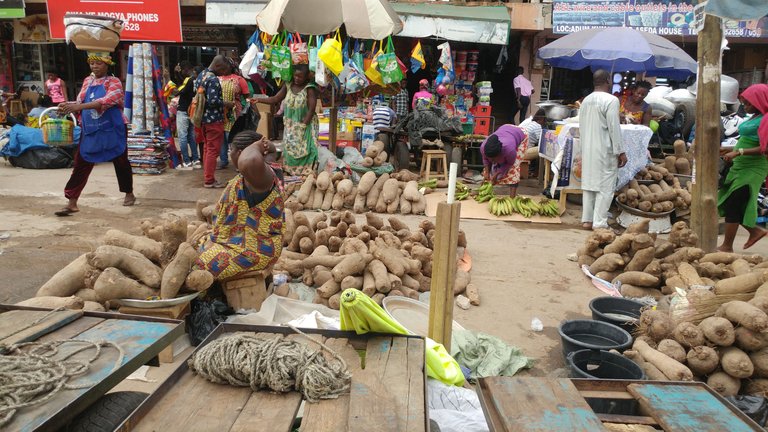
Agricultural activities are the primary source of nourishment and money for many Ghanaians. The nation has plenty of fertile areas for cultivating a range of food crops such as maize, rice, yams, cassava, and plantains. Ghana's food crop market is thriving and plays an essential part in national growth.
Maize is among Ghana's most extensively produced crops and an essential diet for many families. Maize is in great demand including in both rural and urban regions since it is used to produce popular meals such as kenkey, banku. The product is farmed in great numbers, and the majority of farmers sell it to local dealers or at the market. Maize prices are impacted by a variety of variables, including both supply and demand, quality, and production costs.
Rice is yet another major food crop in Ghana, and it is extensively farmed in the northern and northwestern, and coastal areas. Rice demand has increased over the past decade as the urban population has expanded and eating patterns have changed. Rice is a versatile cuisine that can be utilized in a number of ways, making it a popular family favorite. Rice prices are governed by the same variables as drive maize prices, and the crop is often sold in bulk to major supermarkets, wholesalers, and dealers.

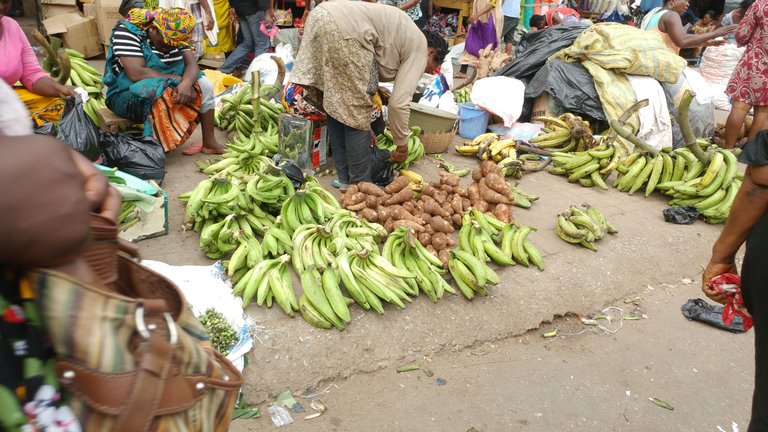
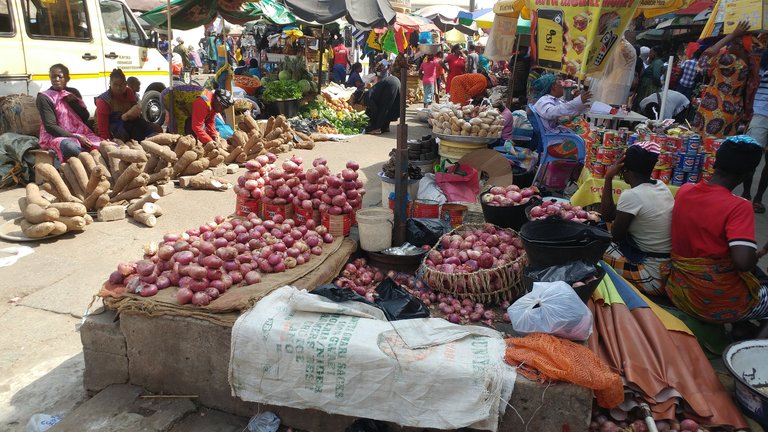
Yams are another major food crop in Ghana, and they are extensively farmed in the country's western and central areas. Yams are a common staple in many families, and they are used to prepare popular meals such as fufu, and yam porridge. The price of yams is affected by the same variables that affect the price of maize and rice, and the crop is often sold in local marketplaces or directly to merchants.
Cassava is a multipurpose tuber crop produced extensively in Ghana, where it is used to prepare famous meals such as gari and kenkey. Cassava is a significant source of nourishment for many families and is widely produced. Cassava prices are controlled by production costs and crop demand, and it is often sold in local marketplaces or directly to merchants.
Plantains are also an important food crop in Ghana, and they are extensively farmed in the country's western and coastal areas. Plantains are utilized in popular meals like dodo and kelewele. The cost of production and crop demand determine the price of plantains, which are often sold in local marketplaces or straight to merchants.
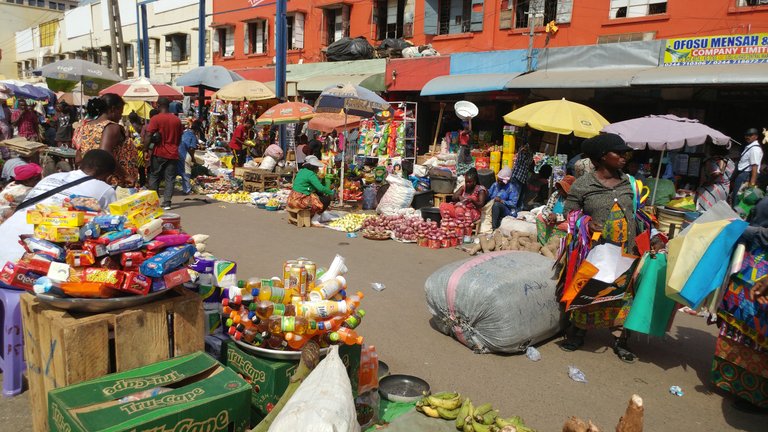
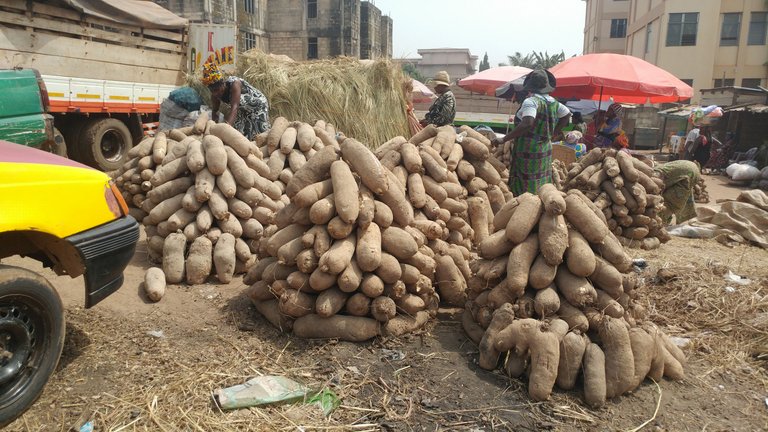
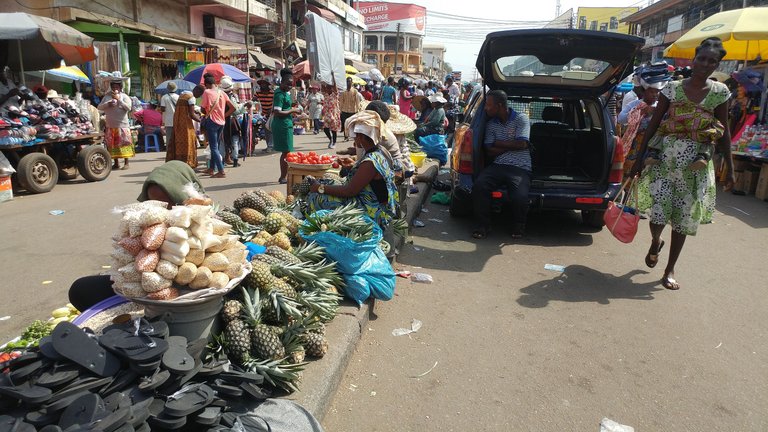
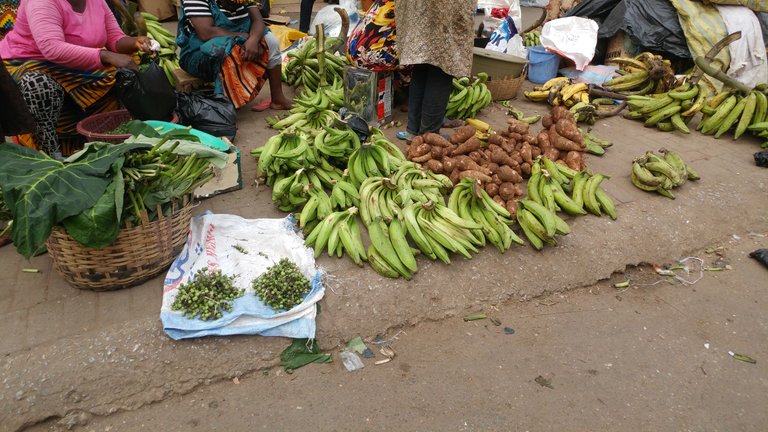
As matter of fact, Ghana's food crops market is vital to the country's economy and offers a source of nourishment and cash for many people. Food crops are in great demand in both rural and urban locations, and the market is impacted by a number of variables such as supply, quality, and production costs. Ghana's thriving food crops sector has the capability to expand and boost national growth.
